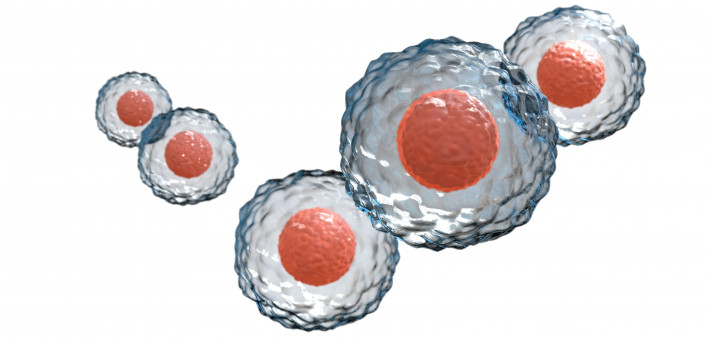Antiretroviral (ARV) treatment lessens but doesn’t eliminate HIV’s acceleration of cell aging, according to a recent small study.
Mary Sehl, MD, of the University of California, Los Angeles, and her colleagues extracted DNA from 15 people with HIV at three points: six to 12 months before they first began taking ARVs and six to 12 months and 18 to 24 months after they started HIV treatment.
The investigators analyzed what are known as cell epigenics, or factors that affect the expression of genes. Looking for key signs of cell aging in particular, they found that compared with a group of 15 age-matched HIV-negative individuals, people with HIV had signs of accelerated cell aging before they started ARVs. And while starting treatment reduced such cell aging, it did not totally eliminate it.
This finding may help explain why even HIV-positive people who maintain a fully suppressed viral load over time are still more likely than people without the virus to experience a host of health conditions associated with aging, such as cancer, cardiovascular disease and cognitive decline.
“Our study highlights the importance of staying vigilant about age-related conditions that can develop early in people living with HIV,” says Sehl. “Future studies are needed to examine whether stress-reducing therapies, such as exercise or other interventions, can mitigate the impact of HIV on cellular aging.”







1 Comment
1 Comment